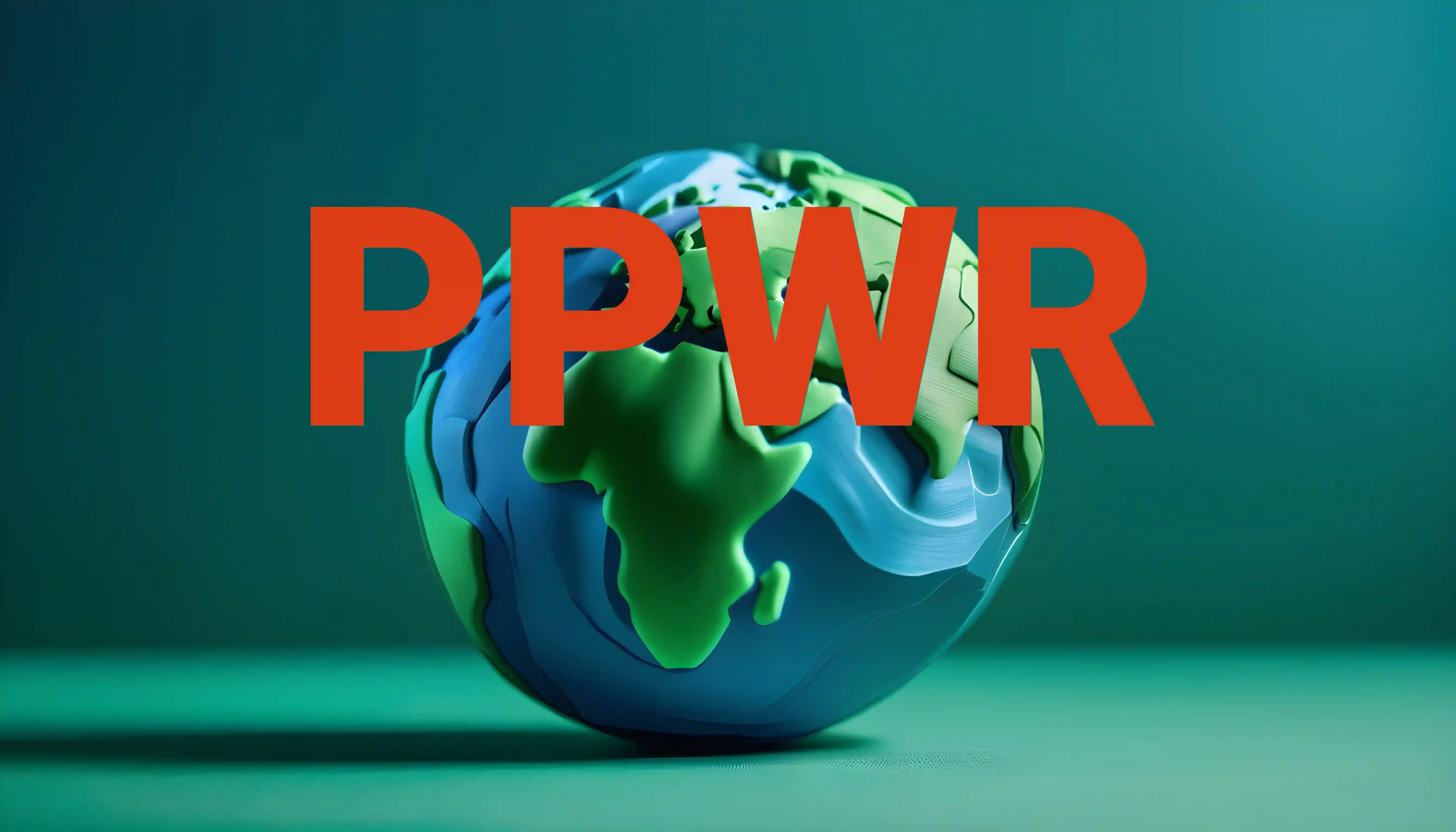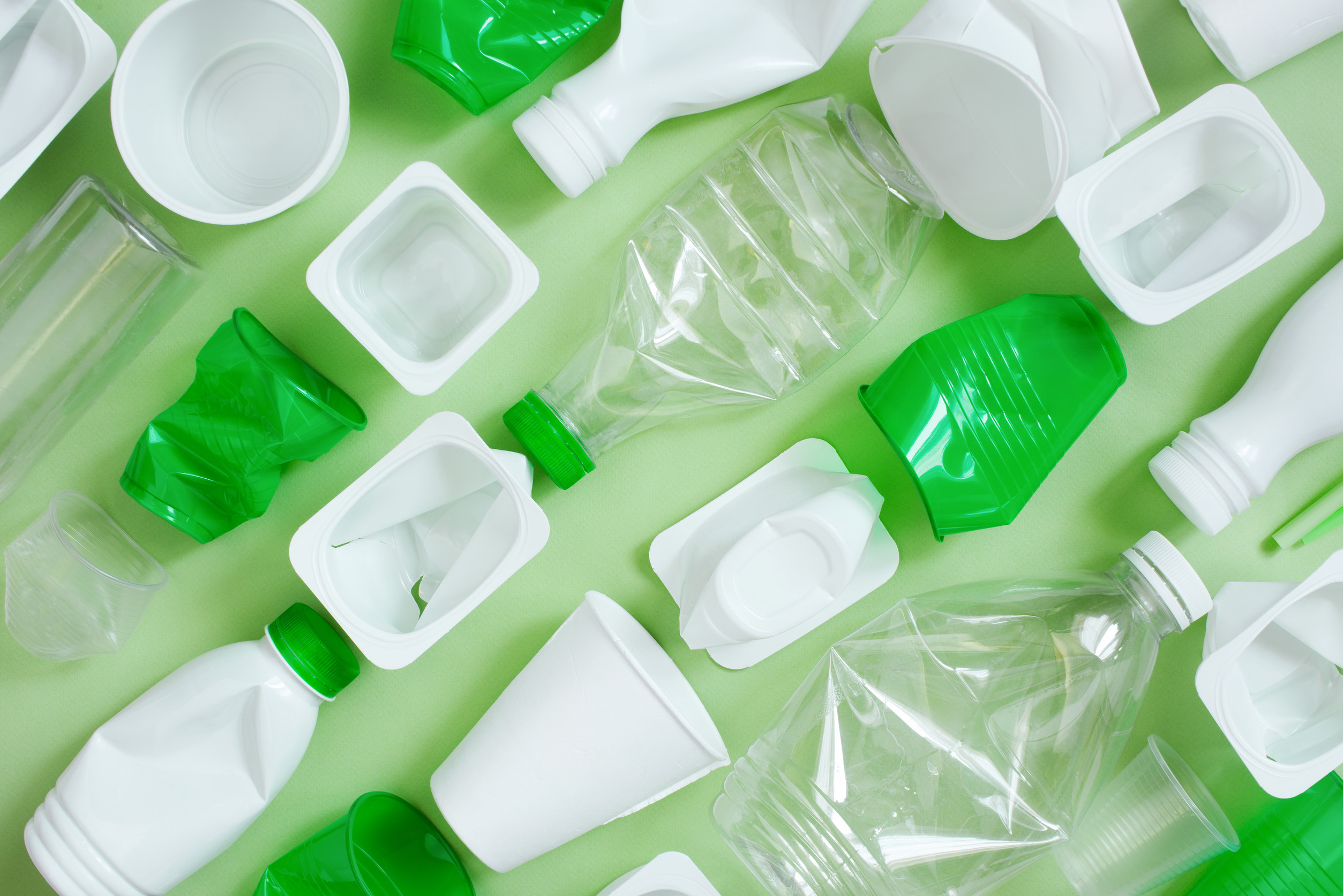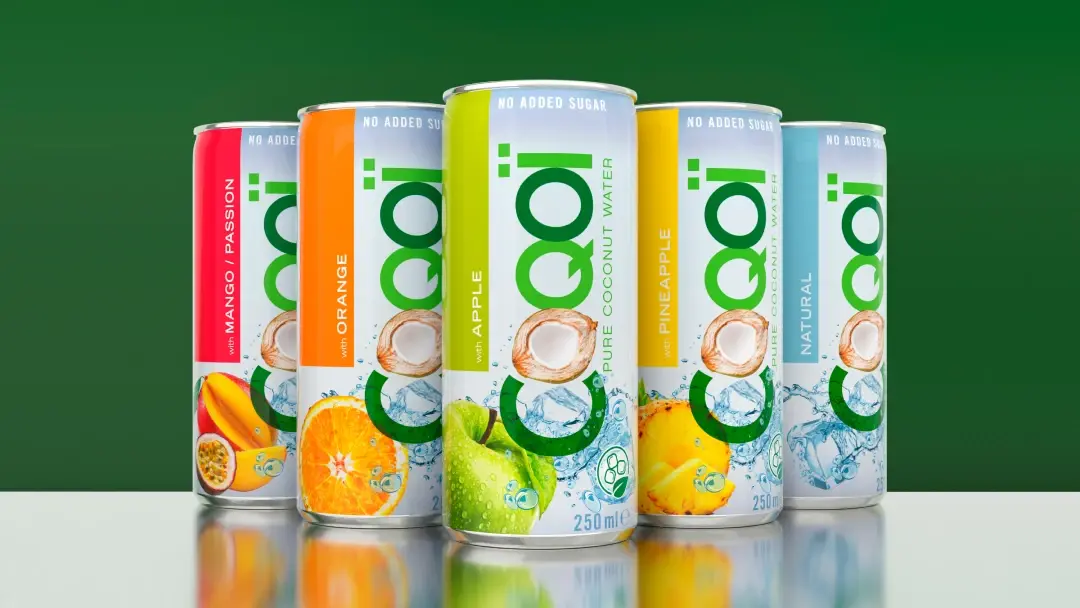The PPWR (Packaging and Packaging Waste Regulation) governs the management of plastic packaging and its waste. It aims to reduce their environmental impact by imposing targets for the reduction of unnecessary packaging, promoting reuse and recycling, and tightening design standards to ensure recyclability.
Definition, origin and objectives of the PPWR regulation
What is PPWR and why was it created?
Proposed by the European Commission and coming into force in February 2025, the Packaging and Packaging Waste Regulation aims to unify the management of packaging and packaging waste across the European Union.
The regulation aims to:
- On the one hand, to improve the sustainability, recyclability and reusability of packaging, by setting clear standards for its production, use and recycling.
- On the other, to reduce the environmental impact of packaging by focusing on a number of objectives.
What are the main objectives of PPWR?
PPWR has several key objectives to transform the packaging industry and make the economy more circular:
- Reducing packaging waste: combating over-packaging, banning formats deemed unnecessary. The aim is to reduce waste by 5% by 2030, 10% by 2035 and 15% by 2040, compared with 2018.
- Emphasis on reusability and recyclability: all packaging placed on the European market must be recyclable by 2030. It encourages the development of reusable and sustainable packaging, based on the "design for recycling" concept.
- Producer responsibility based on stricter extended producer responsibility (EPR) and the environmental impact of packaging. Companies are encouraged to integrate more recycled materials and to design their packaging in such a way as to guarantee recyclability.
Brands and printers faced with PPWR: who is concerned and how can they adapt?
Sectors of activity and players in the graphics chain
All companies selling packaged goods on the European market are directly affected. The sectors most affected include food, cosmetics, e-commerce and general industry.
Designers, agencies and pre-press providers have a crucial role to play. In charge of packaging design, they must anticipate the new PPWR standards to ensure product compliance. Their mission is to rethink "design for recycling", in order to design more sustainable packaging and facilitate product end-of-life.
Implications for brands and printers
PPWR imposes a new approach to packaging design and eco-design. Brands and printers must favor recyclable materials that minimize carbon footprints, and reduce the use of elements that complicate recycling (inks, laminates, plastic films, etc.).
On the industrial side, printers and manufacturers have to adjust their production lines to meet these requirements. This includes changing formats, and integrating innovative solutions such as deposit systems for reuse and collection of packaging.
How does Miller Graphics support its customers in the face of PPWR?
Optimizing inking rates for more sustainable packaging
When it comes to PPWR, every detail counts in improving packaging recyclability.
The inking rate (i.e. the proportion of surface printed on a packaging) plays a key role in a product's environmental impact. The higher the rate, the more complex recycling can be.
To support brands in this approach, Miller Graphics offers an integrated solution via its Millnet platform, which visualizes the inking rate on processed packaging artworks. This functionality helps teams to adjust their graphic creations upstream, reconciling visual impact and durability requirements. It's a concrete way of meeting PPWR objectives while keeping printing costs under control.


Conclusion
The PPWR marks a milestone in the management of plastic packaging and packaging waste. It sets ambitious targets for 2030, focusing on reduction, reuse and recyclability. This European regulation represents a unique opportunity for brands, encouraging them to rethink their production processes and packaging design, while adopting sustainable solutions that comply with the new standards.



